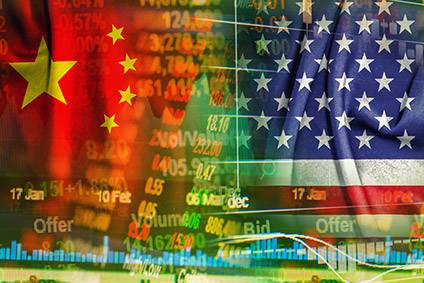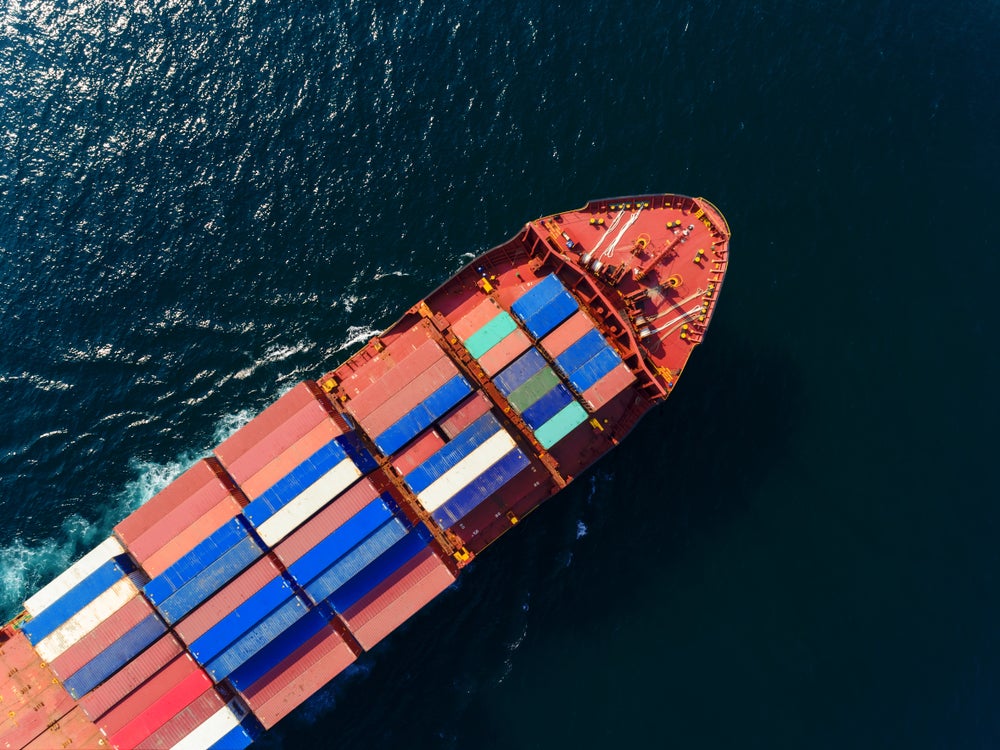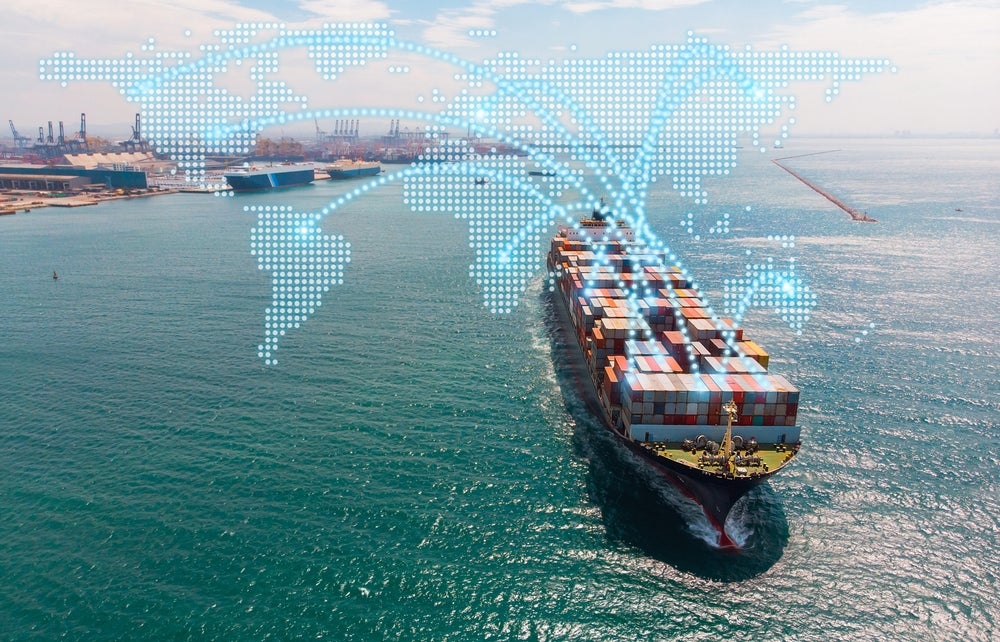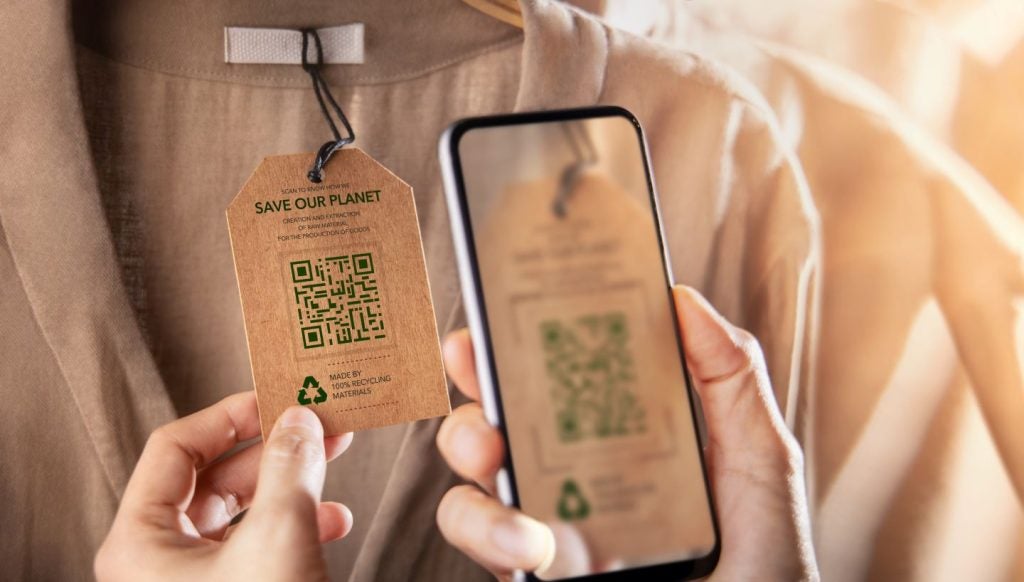
How do companies prepare when trade policy can apparently change with one presidential tweet? Diversify sourcing to mitigate such risks and related costs – and maybe turn uncertainty into an opportunity to make supply chains stronger, US industry experts say.
Trade negotiators from the United States and China are set to meet for the second week in a row this Wednesday or Thursday, in what the American apparel sector hopes could be the final round of talks to resolve the trade war.
US Treasury Secretary Steve Mnuchin told Fox Business last week they hope to get to “the point where we can either recommend to the president we have a deal, or make a recommendation that we don’t,” emphasising the United States wants to “rebalance” the trade relationship.
It’s not totally clear what will happen if there’s no deal – or what “rebalancing” means, although possibilities include keeping existing retaliatory tariffs on US$250bn in Chinese products, or even increasing tariffs to cover all imports from China, as President Trump threatened over the weekend.
“We’re telling members to be prepared for any result,” says Nate Herman, senior vice president of supply chain for the American Apparel and Footwear Association (AAFA), who spoke to just-style ahead of AAFA’s Global Supply Chain and Trade Conference in Washington DC last week. The event took place as Mnuchin and US Trade Representative Robert Lighthizer wrapped up talks in Beijing.
See Also:
How do companies prepare when trade policy can apparently change with one presidential tweet – especially since 42% of clothes, and 69% of shoes sold in the US in 2018 were manufactured in China?
How well do you really know your competitors?
Access the most comprehensive Company Profiles on the market, powered by GlobalData. Save hours of research. Gain competitive edge.

Thank you!
Your download email will arrive shortly
Not ready to buy yet? Download a free sample
We are confident about the unique quality of our Company Profiles. However, we want you to make the most beneficial decision for your business, so we offer a free sample that you can download by submitting the below form
By GlobalDataTo prove the point: President Trump tweeted on Sunday he plans to raise tariffs on Chinese exports from 10% to 25% on Friday 10 May because the talks have been moving too slowly.
Diversifying sourcing
Industry experts who spoke at the AAFA conference provided insight into how brands and retailers can reimagine their supply chains to mitigate such risks and related costs, maybe turning uncertainty into an opportunity to make their supply chains stronger.
Regardless of what happens with the US-China trade war, sourcing diversification is a smart policy: the ratification of the US-Mexico-Canada Agreement (USMCA), which covers an important region for American apparel and textile sourcing, remains uncertain, and after China, President Trump is likely to turn his attention to Europe.
“It will force the industry to become more diversified so if there is some sort of shock or trade war with another country in the future, they’re not as exposed,” Herman says. “In the long run, it will be a benefit. In the short run, it’s harder to see those benefits.”
That is because shifting sourcing from existing suppliers to new ones can be risky, whether the new suppliers are located in an established destination such as Vietnam, or in an emerging one, such as in Africa.
One major concern is overwhelming suppliers with new orders, which can lead to undisclosed subcontracting, upping the chance of labour standard reputational risks, explains Ryan Lynch, head of advisory and CSR for BSI Supply Chain Services and Solutions, who spoke at the conference on the topic.
Supplier engagement
To mitigate capacity and labour risks, he said in an interview after the event, it is important to engage suppliers early in the sourcing process. Open discussions can help buyers fully understand a supplier’s capacity as well as help them develop skills and management systems so they can measure and mitigate their own risks.
This level of engagement can lead to stronger buyer-supplier relationships. “Instead of the constant churn of suppliers, you’re creating a dynamic where the supplier understands the client’s needs better, and the client understands the supplier’s capabilities better,” says Lynch. “As they continue to strengthen those practices at the production site, this lends itself to longer-term relationships as opposed to one-off relationships, which are harder to influence.”
To have the best possible visibility into their supply chains and track risks, whether related to policy, labour, transport or something else, brands and retailers are advised to take advantage of new sourcing management technology. This can help companies triage the immediate impact of moving to new suppliers while providing greater efficiency and visibility over the long term.
In a recent white paper, ‘The Top 6 Global Supply Chain Expectations for 2019,’ conference speaker Gary M Barraco, product evangelist for solutions provider Amber Road, explained how new tech solutions and software are making supply chains smarter and more efficient.
“It’s all about doing a more intelligent job of managing risk, anticipating what is likely to come at your supply chain from any source or direction, and having the ability to make better decisions on the fly,” he told just-style. “Most importantly, though, it’s not about just controlling or cutting costs. The whole point is to preserve and, better yet, build profitability.”
These new trade management tools can capture every kind of supply chain/trade data available, provide robust analytics capabilities that enable management to make better, faster decisions, enable collaboration on a scale not possible before, and automate tasks that previously consumed hours of valuable labour resources.
Duty-savings programmes
Some companies prefer to stick with the known risks in China, and in many instances, such as sweaters, where China is still dominant, diversification may not be an option.
This is where companies can consider duty-savings programmes such as foreign trade zones (FTZs) and duty drawback to “design an effective global business strategy to transition this period of market disruption into a competitive opportunity,” says Amie Ahanchian, managing director, KPMG trade and customs services, who moderated a panel at the event on these kinds of programmes.
“Leading companies are turning trade disruption into an opportunity for more proactive engagement in the business direction of their companies,” she said later. As with sourcing diversification, fine-tuning customs programmes could have long-term benefits. “By transforming the trade function now, companies will be better positioned to handle the next disruption in this dynamic trade environment.”
Domestic manufacturing
The need for brands and retailers to diversify their supply chains could also be a boon to suppliers in the United States, such as Hertling, the Brooklyn-based trousers manufacturer, which has just received a Fashion Manufacturing Initiative (FMI) grant from the Council of Fashion Designers of America (CFDA) and New York City Economic Development Corporation to make upgrades and expand the workforce in its Greenpoint district factory.
CEO Justin Christensen is growing its private-label manufacturing for well-known global brands and retailers as well as a new direct-to-consumer business.
As Hertling uses the grant to expand capacity and capabilities, it could help brands looking for high-quality, tailored trousers somewhere between premium European brands and those made in Asia. “There may be a higher cost per unit, but then there’s this lower minimum and faster turnaround, which could lead to higher sales at the right time,” said Christensen, speaking after the conference.
However, even a domestic manufacturer is not immune to the trade war’s disruption. While Hertling imports most of its fabric from Italy, the UK, and Japan, it imports fabric and raw materials from China, too.
“Those prices have already gone up,” says Christensen. “Any time the tariffs would be applied to fabric, we’re going to experience some of that [cost pressure], because even if the prices go up, there are still programmes we want to run at lower prices and we’ll still need those Chinese goods.”







